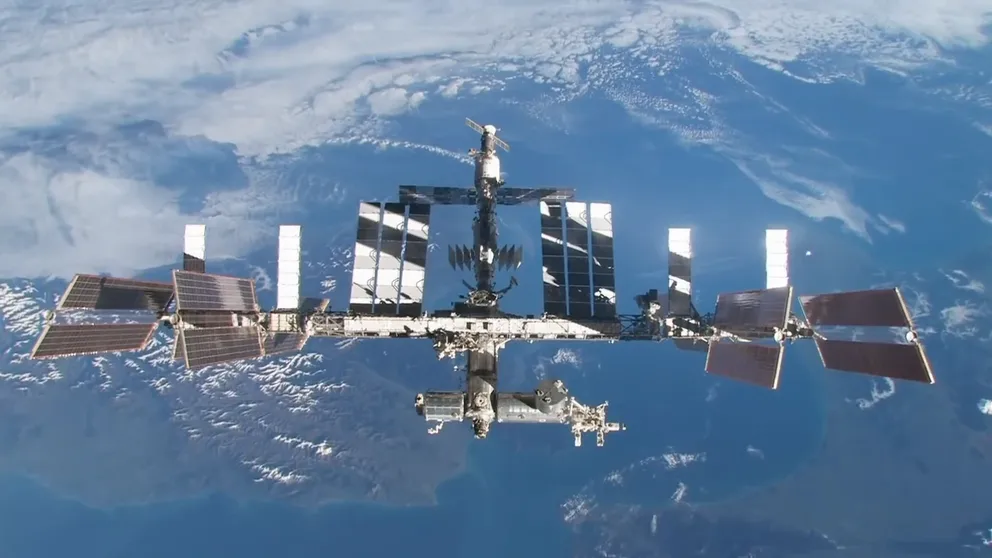Northrop Grumman supply ship launches with SpaceX to International Space Station Tuesday
SpaceX launched Northrop Grumman's NS-20 mission from Cape Canaveral Space Force Station at 12:07 p.m. EST on Tuesday. The Cygnus spacecraft was loaded with more then 8,200 pounds of supplies for the International Space Station.
What is the International Space Station?
The International Space Station (ISS) has hosted astronauts living and working in space for more than two decades, making groundbreaking contributions to technology and medicine along the way.
CAPE CANAVERAL, Fla. – SpaceX launched Northrop Grumman's 20th supply mission to the International Space Station on Tuesday from Florida.
A SpaceX Falcon 9 rocket launched the NS-20 mission from Cape Canaveral Space Force Station at 12:07 p.m. EST on Tuesday.
Northrop Grumman's Cygnus spacecraft was loaded with more than 8,200 pounds of fresh food, supplies, science and hardware for the International Space Station and the astronauts living on the station.
Northrop Grumman named the Cygnus spacecraft for this launch S.S. Patricia "Patty" Hilliard Robertson, in remembrance of the former NASA astronaut. Robertson died in 2001 in a private plane crash.
The weather for the launch was perfect. The breezy conditions with a cold front that arrived on Monday subsided on Tuesday, which cleared the way for launch. There was a 95% chance of favorable weather for liftoff, according to the Space Force's 45th Weather Squadron launch forecast. The primary concern around the Spaceport for liftoff was a small chance of cloud cover.
MAYO CLINIC STEM CELL EXPERIMENT TO LAUNCH INTO SPACE

(FOX Weather)
Northrop Grumman and SpaceX are competitors. Both are contractors for NASA's Commercial Resupply Services program, sending supplies to the orbiting laboratory for the space agency.
The Cygnus cargo supply vehicle was previously launched on Northrop Grumman's Antares rocket, but due to the ongoing Russian invasion in Ukraine, the company has been unable to source its Ukrainian and Russian hardware for the vehicle.
Northrop announced last year it is working with Firefly Aerospace to create a new version of the Antares rocket using American-made engines and other hardware.
NASA'S ENGINEERING MARVEL TAKES FINAL FLIGHT ON MARS
For the first launch of Cygnus on a Falcon 9 rocket, the SpaceX vehicle's fairings were modified to accommodate the spacecraft. SpaceX normally launches its Cargo Dragon to the ISS with supplies, which does not require fairings.
After launch, SpaceX landed the Falcon 9 booster back at Cape Canaveral Landing Zone 1. The landing created sonic booms that were heard for miles around Florida's Space Coast.
After arriving on Thursday, Cygnus will stay docked at the space station until May. When it departs, it won't return to Earth but will burn up in Earth's atmosphere.
